As the temperatures start to drop and the days become shorter, fall is the perfect time to give your lawn the care it needs to thrive. Proper fall lawn care can set the stage for a healthy, lush lawn in the spring. Here are some essential tips for managing your lawn this fall.
Raking Leaves
Fallen leaves can smother your grass if left unattended, blocking sunlight and trapping moisture.
- Regular Raking: Rake leaves regularly to prevent them from piling up and suffocating the grass.
- Mulching Leaves: Use a mulching mower to chop up leaves and leave them on the lawn. This can provide valuable nutrients as they decompose.
Aeration
Aeration is crucial for relieving soil compaction and allowing air, water, and nutrients to penetrate the grass roots.
- Timing: Aerate your lawn in early fall when the grass is still actively growing.
- Tools: Use a core aerator to remove small plugs of soil from the lawn. This helps improve soil structure and promotes healthy root growth.
Overseeding
Overseeding helps fill in bare spots and thickens your lawn, making it more resistant to weeds and diseases.
- Choose the Right Seed: Select grass seed that matches your existing lawn. Cool-season grasses are ideal for fall overseeding.
- Preparation: Mow the lawn shorter than usual and rake to remove debris. This allows the seed to make good contact with the soil.
- Seeding: Spread the seed evenly over the lawn using a broadcast spreader. Lightly rake the area to ensure the seed is in contact with the soil.
Fertilizing
Fall fertilization is key to providing the nutrients your lawn needs to recover from summer stress and prepare for winter.
- Type of Fertilizer: Use a high-phosphorus fertilizer to promote root growth.
- Application: Apply fertilizer in mid to late fall, before the ground freezes. Follow the recommended application rates on the fertilizer package.
Weed Control
Fall is an excellent time to control weeds, as many are storing energy in their roots for winter.
- Selective Herbicides: Apply selective herbicides to target broadleaf weeds without harming the grass.
- Manual Removal: For a chemical-free option, manually remove weeds by pulling them out, ensuring you get the entire root.
Watering
While fall typically brings more rain, it's important to ensure your lawn receives adequate moisture.
- Deep Watering: Water deeply and less frequently to encourage deep root growth.
- Morning Watering: Water in the morning to reduce evaporation and allow the grass to dry before nightfall, preventing fungal diseases.
Mowing
Continue to mow your lawn throughout the fall to keep it healthy and tidy.
- Adjust Mower Height: Gradually lower the mower height as the season progresses. Aim for a final mow height of about 2 to 2.5 inches.
- Keep the Blades Sharp: Sharp mower blades provide clean cuts and reduce stress on the grass.
Soil Testing
Testing your soil in the fall can help you understand its nutrient needs and pH levels.
- Soil Test Kit: Use a soil test kit to analyze the nutrient content and pH of your soil.
- Adjusting pH: Based on the test results, adjust the soil pH with lime to raise it or sulfur to lower it.
Mulching
Applying mulch around trees and garden beds can protect roots from temperature fluctuations and retain soil moisture.
- Organic Mulch: Use organic mulch like wood chips, straw, or shredded leaves. Spread a layer around trees and shrubs, keeping it away from the trunk.







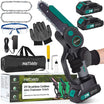


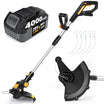







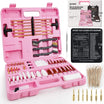
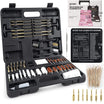
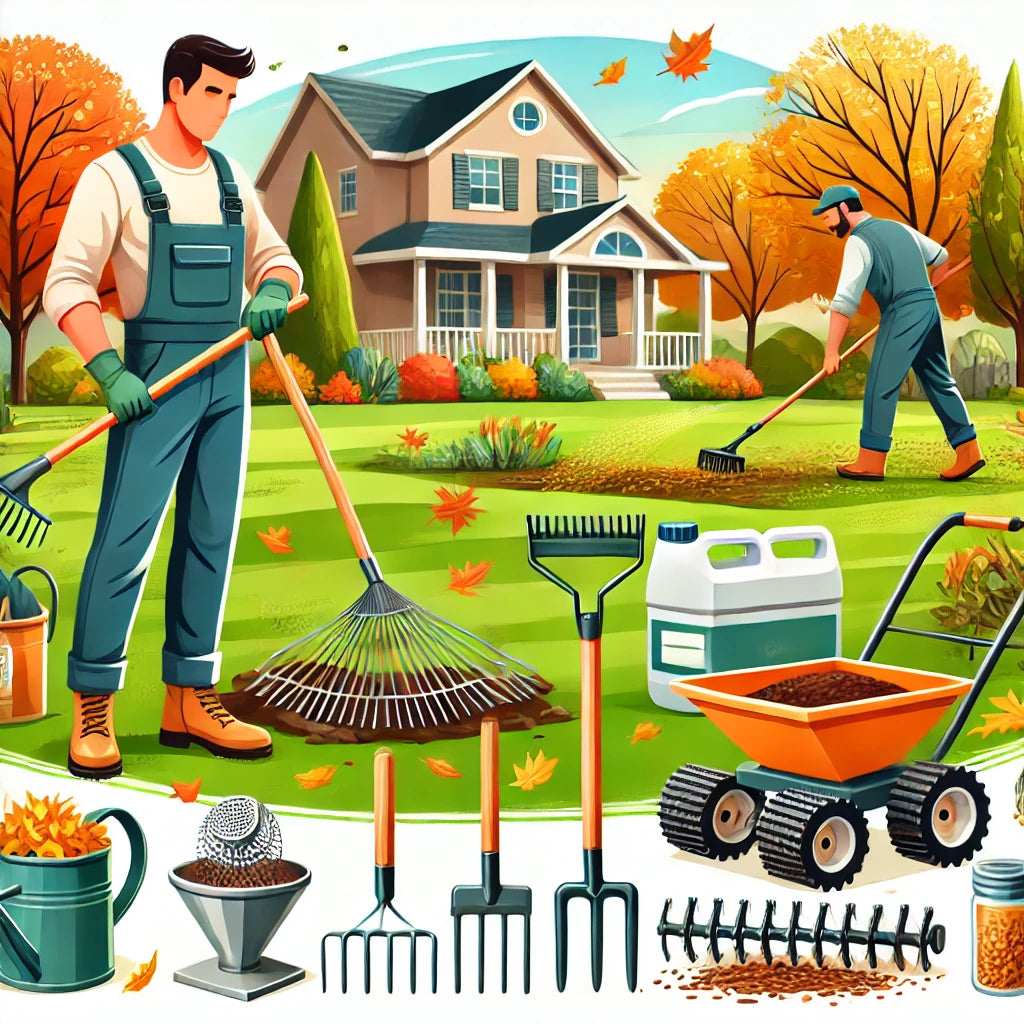


Leave a comment
All comments are moderated before being published.
This site is protected by hCaptcha and the hCaptcha Privacy Policy and Terms of Service apply.